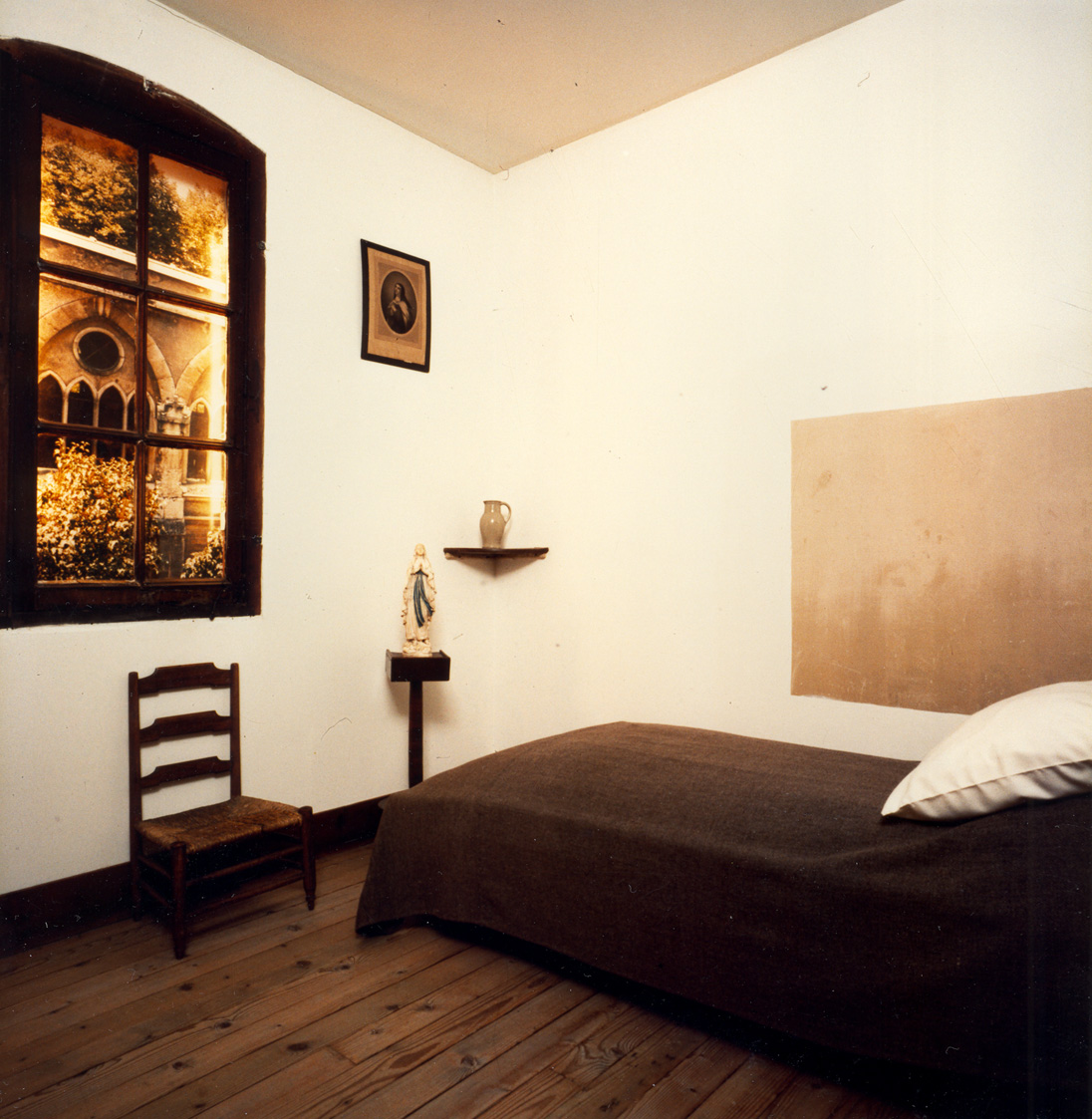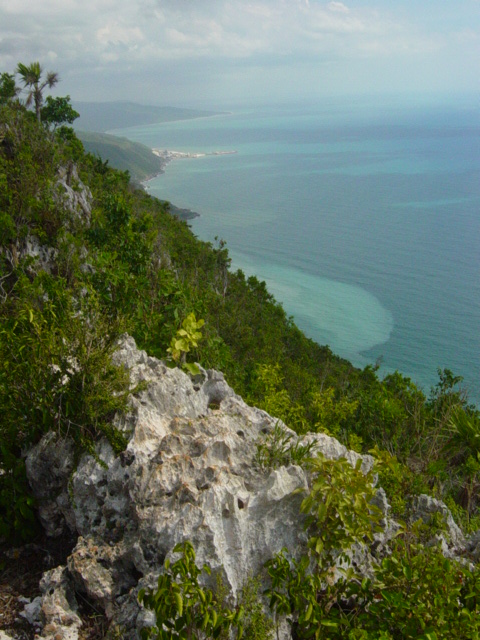|
Saint Elizabeth (other)
Saint Elizabeth may refer to People * Elizabeth (biblical figure), mother of John the Baptist * Elisabeth of Schönau (1129–1164), German Benedictine visionary * Elizabeth of Hungary (1207–1231), Hungarian princess and Christian saint * Elizabeth of Portugal (1271-1336), queen consort of Portugal and saint * Elizabeth Ann Seton (1774–1821), American Roman Catholic educator and saint * Princess Elisabeth of Hesse and by Rhine (1864–1918), Eastern Orthodox saint and wife of Grand Duke Sergei Alexandrovich of Russia * Elizabeth of the Trinity (1880–1906), French Carmelite nun and saint Places * St. Elizabeth, Missouri, a village in the US * Saint Elizabeth Catholic Church, North Carolina, in the US * Saint Elizabeth Parish, Jamaica * St. Elizabeth Medical Center (other) See also * * St. Elizabeth High School (other) * St. Elizabeth's (other) * St. Elizabeth's Church (other) * St. Elizabeths Hospital St. Elizabeths Hospital i ... [...More Info...] [...Related Items...] OR: [Wikipedia] [Google] [Baidu] |
Elizabeth (biblical Figure)
Elizabeth (also spelled Elisabeth; Hebrew: אֱלִישֶׁבַע / אֱלִישָׁבַע "My God has sworn", Standard Hebrew: '' Elišévaʿ'' / ''Elišávaʿ'', Tiberian Hebrew: ''ʾĔlîšéḇaʿ'' / ''ʾĔlîšāḇaʿ''; Greek: Ἐλισάβετ ''Elisabet'' / ''Elisavet'') was the mother of John the Baptist and the wife of Zechariah, according to the Gospel of Luke. She was past normal child-bearing age when she conceived and gave birth to John. Biblical narrative According to the Gospel of Luke chapter 1, Elizabeth was "of the daughters of Aaron". She and her husband Zechariah/Zachariah were "righteous before God, walking in all the commandments and ordinances of the Lord blameless" (), but childless. While he was in the temple of the Lord (), Zachariah was visited by the angel Gabriel: Zachariah doubted whereby he could know this since both he and his wife were old. The angel identified himself as Gabriel and told Zachariah that he would be "dumb, and not able to ... [...More Info...] [...Related Items...] OR: [Wikipedia] [Google] [Baidu] |
Elisabeth Of Schönau
Elisabeth of Schönau (c. 1129 – 18 June 1164) was a German Benedictine visionary. She was an abbess at the Schönau Abbey (Nassau), Schönau Abbey in the Duchy of Nassau, and reportedly experienced numerous religious Vision (spirituality), visions, for which she became widely sought after by many powerful men as far away as France and England. Life Elisabeth was born about 1129, of family named Hartwig of the Middle Rhine. She was educated at the double monastery of Schönau Abbey (Nassau), Schönau in Nassau (state), Nassau and made her profession as a Benedictine in 1147. In 1157 she became abbess of the nuns under the supervision of Abbot Hildelin. F.W.E. Roth points out that in the 12th century only women of noble birth were promoted to spiritual offices in the Benedictine order; it seems probable that Elisabeth was of noble birth. Her hagiography describes her as given to works of piety from her youth, much afflicted with bodily and mental suffering, a zealous observer o ... [...More Info...] [...Related Items...] OR: [Wikipedia] [Google] [Baidu] |
Elizabeth Of Hungary
Elizabeth of Hungary (german: Heilige Elisabeth von Thüringen, hu, Árpád-házi Szent Erzsébet, sk, Svätá Alžbeta Uhorská; 7 July 1207 – 17 November 1231), also known as Saint Elizabeth of Thuringia, or Saint Elisabeth of Thuringia, was a princess of the Kingdom of Hungary and the landgravine of Thuringia in Germany. Elizabeth was married at the age of 14, and widowed at 20. After her husband's death, she regained her dowry, using the money to build a hospital where she herself served the sick. She became a symbol of Christian charity after her death at the age of 24 and was canonized on 25 May 1235. She is venerated as a saint by the Catholic Church. She was an early member of the Third Order of St. Francis, and is today honored as its patroness. Early life and marriage Elizabeth was the daughter of King Andrew II of Hungary and Gertrude of Merania. Her mother's sister was Hedwig of Andechs, wife of Duke Heinrich I of Silesia. Her ancestry included many notable fi ... [...More Info...] [...Related Items...] OR: [Wikipedia] [Google] [Baidu] |
Elizabeth Of Portugal
Elizabeth of Aragon, more commonly known as Saint Elizabeth of Portugal, T.O.S.F. (1271 – 4 July 1336; ''Elisabet'' in Catalan, ''Isabel'' in Aragonese, Portuguese and Spanish), was queen consort of Portugal, a tertiary of the Franciscan Order and is venerated as a saint of the Catholic Church. Family and early life Born in 1271 into the royal house of Aragon, Elizabeth was the daughter of ''Infante'' Peter (later King Peter III) and his wife Constance of Sicily and the sister of three kings: Alfonso II and James II of Aragon and Frederick III of Sicily. Great niece and namesake of Elizabeth of Hungary, she was the original source of the bread to roses miracle often depicted in art of her better known great aunt. The kingly suspicion of generosity to poor people is far more characteristic of her warlike and abusive husband than Elizabeth of Hungary's loving and pious spouse, Louis. Elizabeth was educated very piously, and led a life of strict regularity from her ch ... [...More Info...] [...Related Items...] OR: [Wikipedia] [Google] [Baidu] |
Elizabeth Ann Seton
Elizabeth Ann Bayley Seton (August 28, 1774 – January 4, 1821) was a Catholic religious sister in the United States and an educator, known as a founder of the country's parochial school system. After her death, she became the first person born in what would become the United States to be canonized by the Catholic Church (September 14, 1975). She also established the first Catholic girls' school in the nation in Emmitsburg, Maryland, where she likewise founded the first American congregation of religious sisters, the Sisters of Charity. Biography Early life Elizabeth Ann Bayley was born on August 28, 1774, the second child of a socially prominent couple, a surgeon, Richard Bayley and Catherine Charlton of New York City. The Bayley and Charlton families were among the earliest European settlers in the New York area. Her father's parents were of French Huguenot and English descent and lived in New Rochelle, New York. As Chief Health Officer for the Port of New York, Bayley a ... [...More Info...] [...Related Items...] OR: [Wikipedia] [Google] [Baidu] |
Princess Elisabeth Of Hesse And By Rhine
, russian: Елизавета Фёдоровна Романова , house = Hesse-Darmstadt , father = Louis IV, Grand Duke of Hesse and by Rhine , mother = Princess Alice of the United Kingdom , birth_name = Princess Elisabeth of Hesse and by Rhine , birth_date = , birth_place = Bessungen, Grand Duchy of Hesse, German Confederation , death_date = , death_place = Alapayevsk, Russian SFSR , burial_place = Church of Mary Magdalene, Gethsemane, Jerusalem , religion = Russian OrthodoxPreviously Lutheran , signature = Signature of Grand Duchess Elizabeth Fyodorovna of Russia, née Her Grand Ducal Highness Princess Elisabeth Alexandra Luise Alice of Hesse and by Rhine.jpg Grand Duchess Elizabeth Feodorovna of Russia (born Princess Elisabeth of Hesse and by Rhine; 1 November 1864– 18 July 1918) was a German Hessian and Rhenish princess of the House of Hesse-Darmstadt, and the wife of Grand Duke Sergei Alexandrovich of Russia, t ... [...More Info...] [...Related Items...] OR: [Wikipedia] [Google] [Baidu] |
Elizabeth Of The Trinity
Elizabeth of the Trinity, OCD (french: Élisabeth de la Trinité), born Élisabeth Catez (18 July 1880 – 9 November 1906), was a French Discalced Carmelite, a mystic, and a spiritual writer. She was known for the depth of her spiritual growth as a Carmelite as well as bleak periods in which her religious calling was perceived to be unsure according to those around her; she however was acknowledged for her persistence in pursuing the will of God and in devoting herself to the charism of the Carmelites. Elizabeth was a gifted pianist and had strong feelings for the Carmelite charism. Of that experience as a professed religious she wrote in a letter: "I can't find words to express my happiness. Here there is no longer anything but God. He is All; He suffices and we live by Him alone" (Letter 91). Pope John Paul II celebrated her beatification in Paris on 25 November 1984; Pope Francis approved her canonization on 3 March 2016. The date was decided at a gathering of cardinals ... [...More Info...] [...Related Items...] OR: [Wikipedia] [Google] [Baidu] |
Saint Elizabeth Catholic Church
Saint Elizabeth Catholic Church (sometimes called Saint Elizabeth of the Hill Country Catholic Church) is a parish church of the Roman Catholic Diocese of Charlotte located in Boone, North Carolina. Its canonical territory includes all of Watauga County. Father Brendan Buckler is the pastor. The parish had its beginnings in the 1940s for the few Catholic families and students at Appalachian State University. Early celebrations of Mass took place in the homes of residents before a new church was built in 1958. The Church continues to serve Appalachian State students. Priests from St. John Baptiste deLasalle in North Wilkesboro served the people in this new parish. In 1964 Glenmary Home Missioners served the parish until it was returned to the Diocese of Charlotte in 1973. The first Glenmary pastor was Fr. Ed Smith. The first diocesan pastor was Fr. George Kloster. The first church structure was gutted by a fire in 1984. New property was found and a second structure was built ... [...More Info...] [...Related Items...] OR: [Wikipedia] [Google] [Baidu] |
Saint Elizabeth Parish
Saint Elizabeth, one of Jamaica's largest parishes, is located in the southwest of the island, in the county of Cornwall. Its capital, Black River, is located at the mouth of the Black River, the widest on the island. History Saint Elizabeth originally included most of the southwest part of the island, but Westmoreland was taken from it in 1703, and in 1814 a part of Manchester. The resulting areas were named after the wife of Sir Thomas Modyford, the first English Governor of Jamaica. There are archeological traces of Taíno/Arawak existence in the parish, as well as of 17th-century colonial Spanish settlements. After 1655, when the English settled on the island, they concentrated on developing large sugar cane plantations with enslaved African workers. Today, buildings with 'Spanish wall' construction (masonry of limestone sand and stone between wooden frames) can still be seen in some areas. St Elizabeth became a prosperous parish, and Black River an important seaport. ... [...More Info...] [...Related Items...] OR: [Wikipedia] [Google] [Baidu] |





